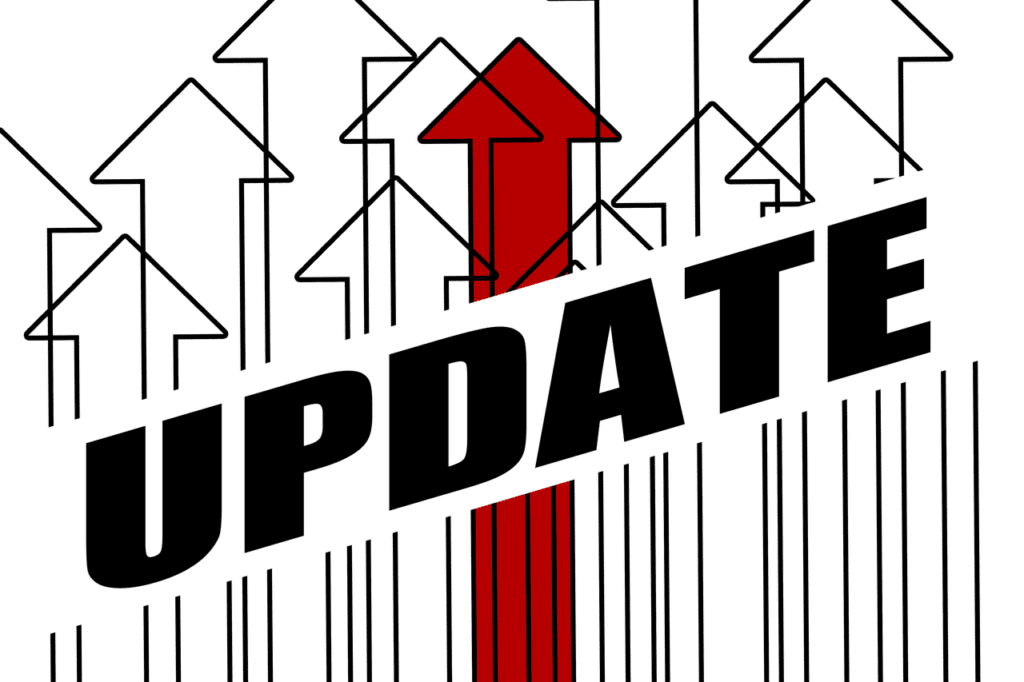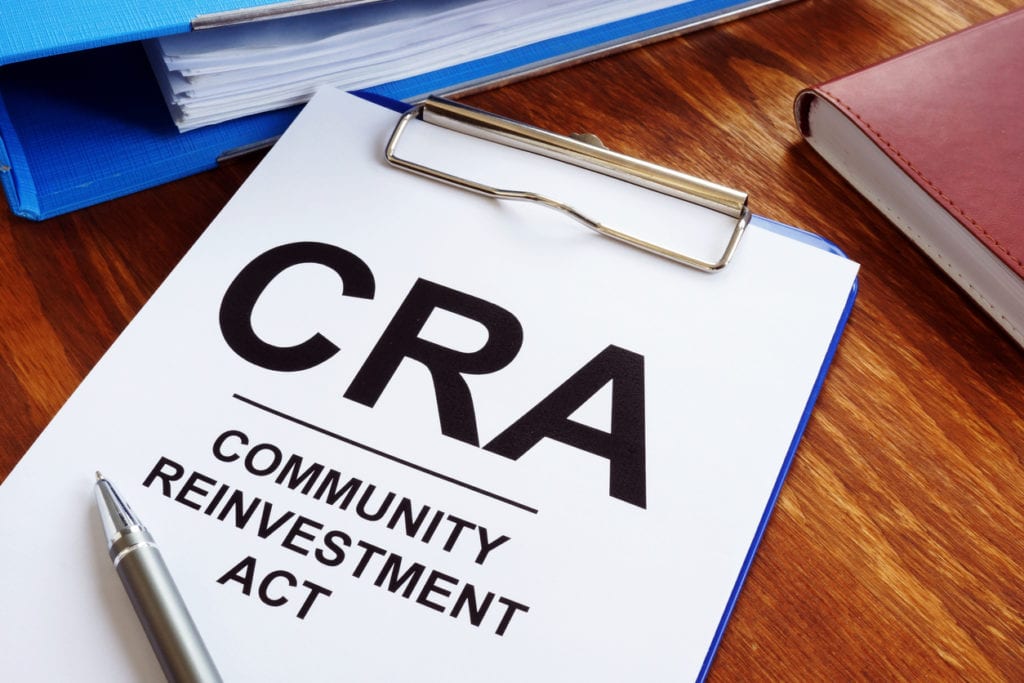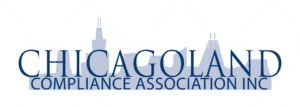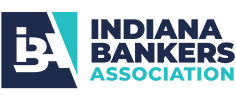Specialties
Model Governance
Data Integrity
Model Output and Performance
Helping you meet regulators’ demands for independent AMS model reviews
We bring the people and know-how to conduct rigorous, risk-based AMS model validations to assess how well your model governance, data integrity, and parameter thresholds adhere to regulatory guidance.
Conducting an AMS model validation is both an art and a science.
Hundreds of banks and credit unions view us as trusted artists and scientists and count on us to bring insightful regulatory intelligence during AMS model validations.
With real-world experience as former bankers, we understand the effect of increased regulatory pressure on your team. Relying on plug-and-play settings, for example, is a path to frustration, and we know how it feels to be overwhelmed by alerts and struggle to discern what warnings to heed or ignore.
Members of our team have done everything from examining data integrity and its quality and conducting “above the line” and “below the line” testing to assessing a model’s design and how well it’s tailored to your risk profile.
We also bring a solid track record in understanding the quirks of various AMS solutions in the marketplace and performing system validations on them.
Our assessments consider both IT and BSA perspectives, and we focus on three areas:
- Model governance
- Data integrity
- Model output and performance
Throughout each engagement, we communicate with you to keep you informed on our progress and findings. At the conclusion, our exit meeting and written report document our scope, methodology, findings, and recommendations.
Once our AMS Validation is complete, you can be confident that your model is sound and meet examiners’ escalating expectations.
TCA gives you A Better Way to gauge whether your AMS model meets its objectives and protects you from money-laundering risks.
Key Deliverables Include:
- Testing administrative controls, data import, and data integrity.
- Reviewing system parameters to be sure they’re functioning correctly and identifying suspicious activity.
- Ensuring that your model has been calibrated to your bank's risk profile.
- Analyzing exams, reviews, and monitoring reports to trace the resolution of issues requiring corrective action.
- Providing exceptional service that respects your time.
AMS Insights
FDIC Name Change – Updated, Again
On August 8, 2022 in the Federal Register (and a correction on August 12) the FDIC reported they had renamed the Consumer Response Center to the “National Center for Consumer and Depositor Assistance”. This Division is referenced in the Fair Housing regulation at 12 CFR 338 and in the Consumer Protection in Sales of Insurance […]
CFPB Bulletin – HMDA Address Issues
Most of you have likely received an email bulletin from the CFPB HMDA Help regarding data issues in reporting the Street Address Field. It’s important to note this is regarding errors in the Street Address field only and not in other fields such as City/State/Zip and has nothing to do with geocoding the Census Tract. […]
Regulatory Updates – First Quarter 2023
Below is a link to the Regulatory Updates as of the end of Q1. TCA provides A Better Way for you to track Compliance updates and keep your organization on track. You can download the updates in a PDF form here. As always, TCA is here to help with A Better Way to answer all […]
April 1st is Fast Approaching: Did You Update Your CRA Public File?
April brings many special events – baseball’s home opener, spring showers to bring May flowers, and let’s not forget the CRA Public File update. Section 43(e) of your bank’s CRA regulation states the Public File should be current as of April 1st each year. To help you, we’ve included some handy information to ensure your […]
FDIC Insurance – Communication is Key
Because of the recent Bank failures, your customers may feel skittish today. Although the news pundits all are saying deposit accounts are insured up to $250,000, we know this may not be the case. Consider having Management craft a statement message or online banking alert assuring customers their funds are insured. You should also ensure […]
Time to Put Your Junk in the Trunk?
The death knell for junk fees has sounded. There are emerging compliance risks surrounding junk fees that are gaining steam in Washington. While not new, the intensity or vigor of the current administrations’ pursuit of crimes (in their estimation) is increasing. Below is a link to two ABA article summaries which just came out on […]










